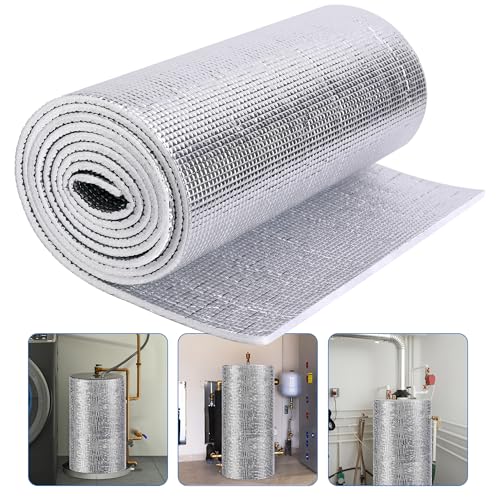TinyHouseDisaster
Member
Hi all - we have a walk-in shower that was built about 5 years ago as part of an Accessory Dwelling Unit in San Diego. They did a "hot mop" on the shower and it was inspected/signed off by the city prior to the tile being installed. We are now seeing signs of water damage on the wall opposite the shower where the wood floors are and the baseboards (buckling wood floors, bowing baseboards). We called a plumber and they did a test where they plugged the shower drain and filled it up about 3 inches and marked the water line to see if it would go down. The water went down almost 3/4" overnight.
My question is: Does this one test for sure indicate that it is the shower pan/hot mop that has failed or could there be anything else we should test for prior to the very large job of ripping out the tile and redoing the shower pan and hot mop all over again to fix it? Thanks in advance for any help/advice.
PS: I only have a couple of pictures of the construction in this area after it rained once but they show a little bit of where the water lines are running.
My question is: Does this one test for sure indicate that it is the shower pan/hot mop that has failed or could there be anything else we should test for prior to the very large job of ripping out the tile and redoing the shower pan and hot mop all over again to fix it? Thanks in advance for any help/advice.
PS: I only have a couple of pictures of the construction in this area after it rained once but they show a little bit of where the water lines are running.































































